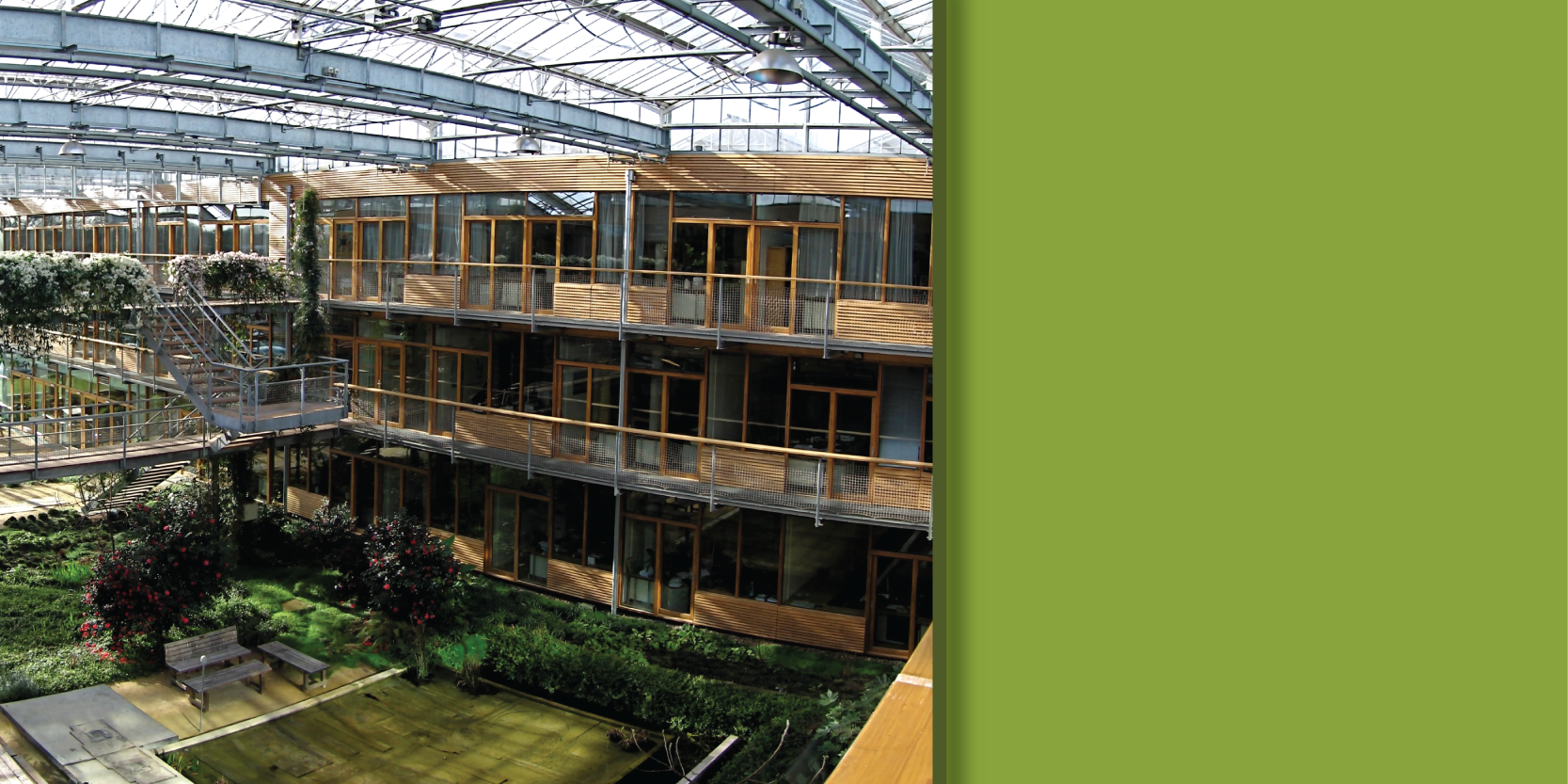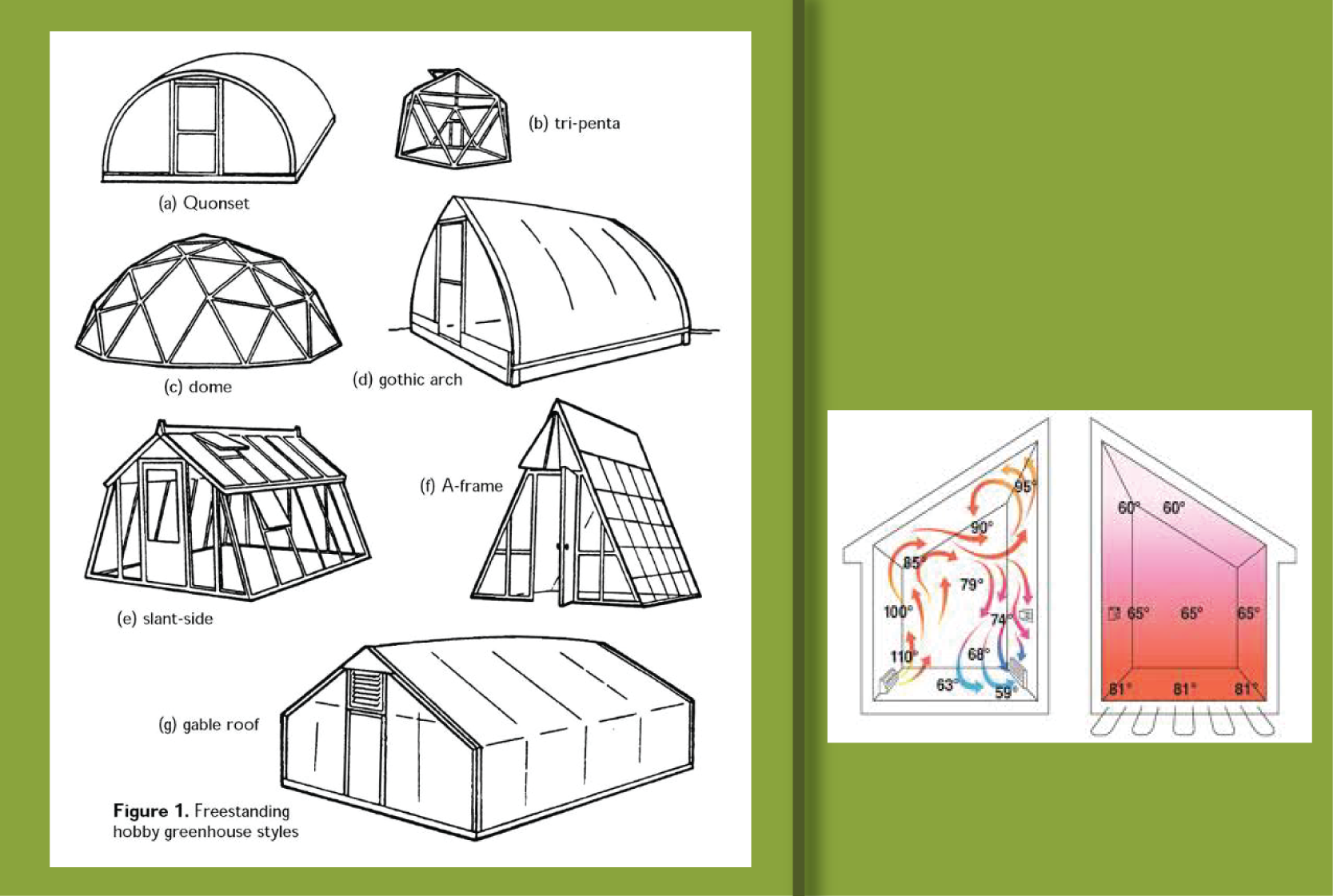Explaining Green House Science
Greenhouses, or glasshouses, are structures made of a frames and transparent martials, (glass or plastic) used to grow plants at regulate temperatures. Greenhouses can start of as a hobby, used as the beginning of a business, or part of a larger operation. Greenhouses come in a variety of sizes and shapes, and can be used to create a variety of vegetation, flowers, or herbs.
The science behind the warmth of a greenhouse is simple to understand. Light passes through the transparent material and the plants inside the greenhouse absorb the light. The interior heat that radiates from the inside of the house is due to the trapped light. This generates more heat inside the house which creates a contentious expansion of gases that can not leave. To monitor greenhouse temperatures hydronic processes are used.
Hydronics, is the use of water or a liquid (glycol) as a heat transfer medium in heating and cooling applications. Chillers are used to create cold conditions, while a boilers are used for heating conditions. A chiller boiler system uses a combination of the two, to create a form of HVAC for smaller commercial uses. The cooling towers and chillers can be used together, or separately. The chilled water circulates through a loop tubing system. Pumps are also used to circulate the water or heat transfer medium to a heat exchanger. The heat exchanger uses fans to remove the warm air, and draws it across a cold coils. The system can be industrial or small. The system may also be broken into individual components.
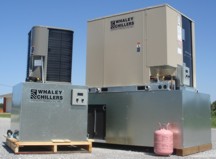 Packaged Chillers Non-expandable (integrated pump tank) 1.5Ton – 20Ton Single / Dual Circuits Single / Dual Pumps |
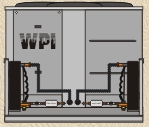 SAE Series Modular Chillers Expandable (pump & tank on separate skid) 1.5Ton – 200Ton Single / Dual Circuits |
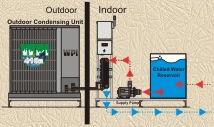 SAR Series Split Chillers Expandable (Outdoor Condensing Unit) (pump, tank, evaporator on indoor skid) 1.5Ton – 200Ton Single / Dual Circuits |

